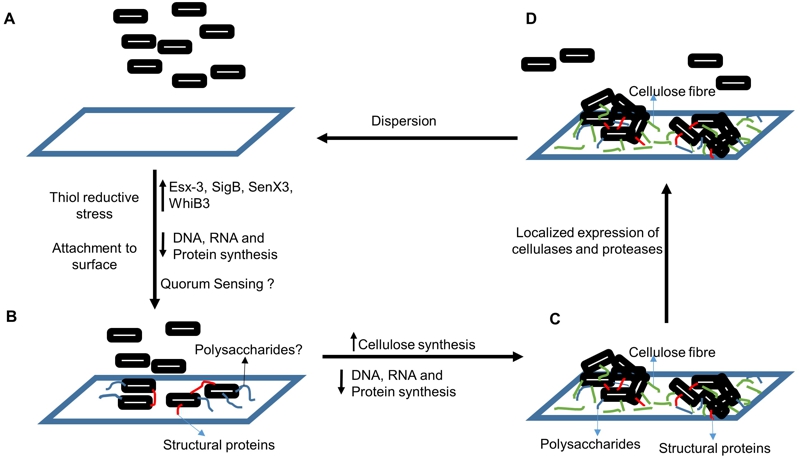FIGURE 1: Model of Mtb biofilm formation and dispersion.
(A) In response to TRS, Mtb cells downregulate DNA, RNA, and protein synthesis. Resources thus spared are diverted towards synthesis of polysaccharides and structural proteins that facilitate attachment with substratum and to nearby mycobacterial cells. We believe that cell density plays a critical role in this process. Therefore, quorum sensing and the underlying mechanisms could play an important role in mycobacterial decision to organise into biofilms.
(B) If the TRS is sustained for more than six hours, Mtb cells start adhering to surface. We hypothesize that unknown structural proteins, and uncharacterized polysaccharides play a critical role in this process.
(C) If the TRS is sustained beyond twelve hours, then cells are irreversibly attached to the substratum and start producing cellulose. By twenty nine hours, the Mtb biofilms are fully matured.
(D) Using localized production of cellulases and proteases, degradation of the EPS at the periphery of the Mtb biofilms could facilitate escape of few Mtb cells from the biofilms. These cells could then replicate under growth conducive conditions and upon reaching critical cell density could form biofilms.
Abbreviations: TRS – thiol reductive stress , Mtb – Mycobacterium tuberculosis.

